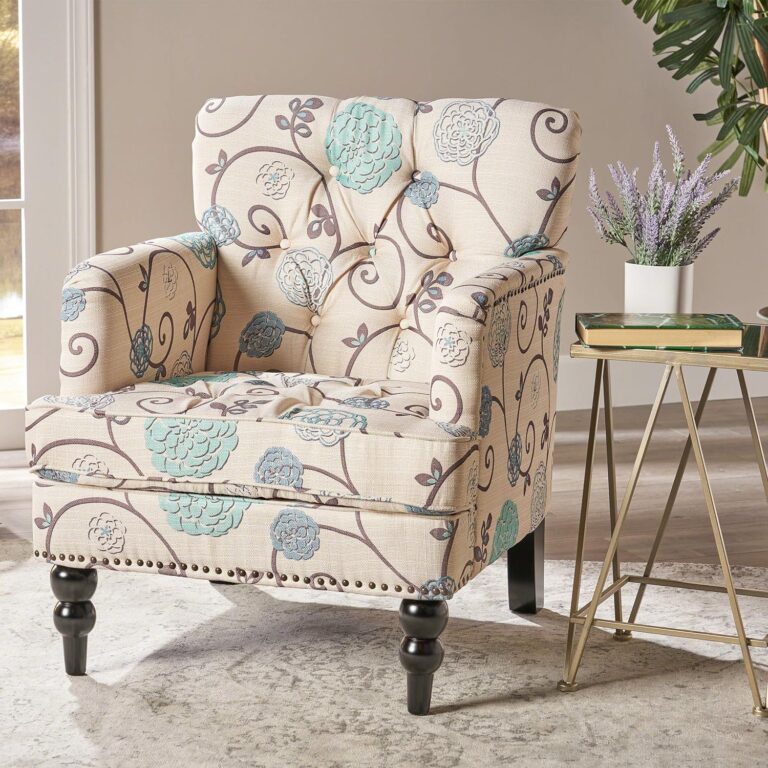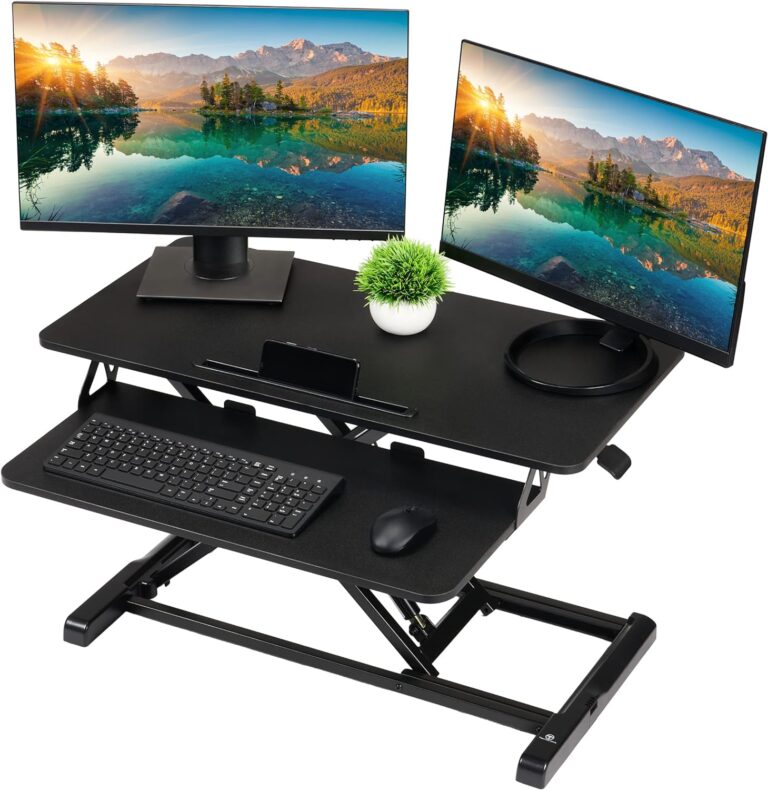As the global population ages, the need for ergonomic design in everyday products becomes increasingly important. Ergonomics is the science of designing products and workspaces to fit the needs and limitations of the user. This includes factors such as comfort, safety, and efficiency. With the aging population, the focus of ergonomics has shifted towards designing products that meet the changing needs of older adults.

The aging process can bring about physical changes that affect a person’s ability to perform daily tasks comfortably and safely. For example, arthritis can make it difficult to grip objects, while reduced vision can make it challenging to read small print. Ergonomic design can help alleviate these issues by creating products that are easier to use and more comfortable. This can improve the quality of life for older adults and allow them to maintain their independence for longer.
Ergonomic Design Principles for Seniors

As the population ages, the need for ergonomic design principles for seniors becomes increasingly important. Ergonomic design principles can help improve the quality of life for seniors by reducing discomfort, pain, and fatigue. Here are some core ergonomic interventions that can help seniors:
Assessing the Needs of Aging Populations
The first step in designing ergonomic interventions for seniors is to assess their needs. This involves understanding the physical and cognitive changes that occur with aging. For example, seniors may have reduced grip strength, decreased visual acuity, and slower reaction times. By understanding these changes, designers can create products that are tailored to the needs of seniors.
Core Ergonomic Interventions
There are several core ergonomic interventions that can help seniors. These include:
- Adjusting the height of furniture to reduce the need for bending and reaching
- Providing chairs with good back support and armrests
- Using non-slip materials on floors and stairs
- Providing good lighting to reduce eye strain
- Using large, easy-to-read fonts on labels and instructions
Innovative Materials and Technologies
In addition to core ergonomic interventions, designers can also use innovative materials and technologies to improve the comfort and safety of seniors. For example, memory foam mattresses can provide better support and reduce pressure points. Smart home technologies, such as voice-activated assistants and automated lighting, can help seniors live independently for longer.
By using ergonomic design principles, designers can create products that are more comfortable, safe, and accessible for seniors. These interventions can help seniors maintain their independence and improve their quality of life.
Impact and Implementation

Ergonomic design has the potential to significantly improve the quality of life for aging populations. The implementation of ergonomic solutions can reduce physical strain, alleviate pain, and prevent injuries.
Case Studies: Successes and Challenges
Several case studies have demonstrated the positive impact of ergonomic design on the health and well-being of older adults. For example, a study conducted in a nursing home found that the use of ergonomic lifting equipment reduced the incidence of back injuries among staff members by 61%. In another study, the use of ergonomic chairs and desks improved the posture and comfort of older adults in a retirement community.
However, the implementation of ergonomic solutions can also present challenges. One major obstacle is the cost of implementing ergonomic design, particularly in facilities with limited budgets. Additionally, some older adults may be resistant to change, particularly if they have become accustomed to traditional furniture and equipment.
Adoption Strategies for Ergonomic Solutions
To successfully implement ergonomic solutions, it is important to develop adoption strategies that address the unique needs and concerns of older adults. One effective approach is to involve older adults in the design process, soliciting their input and feedback to ensure that the solutions meet their needs. Another strategy is to provide education and training to staff members and residents, highlighting the benefits of ergonomic design and addressing any concerns or misconceptions.
Future Directions in Ergonomic Design for Elders
As the population ages, there is a growing need for ergonomic solutions that address the unique needs of older adults. Some potential areas for future development include:
- Wearable technology that monitors and adjusts posture and movement
- Smart home technology that automates tasks and reduces physical strain
- Furniture and equipment that adapts to individual needs and preferences
Overall, the implementation of ergonomic design has the potential to significantly improve the health and well-being of aging populations. By developing effective adoption strategies and continuing to innovate in the field of ergonomic design, we can help ensure that older adults can live comfortably and independently for years to come.






